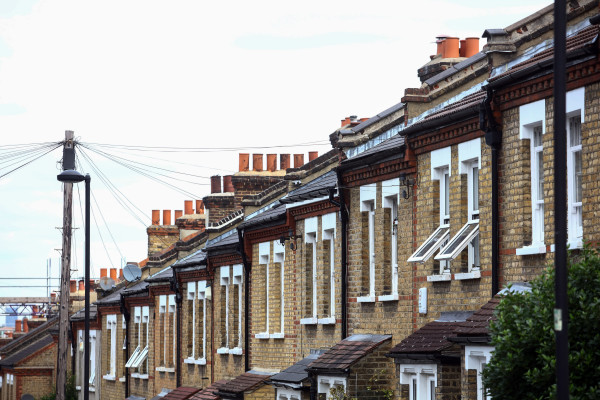

London's housing crisis has given birth to a second commuter belt where prices are rising fast, according to research.
Estate agent James Pendleton revealed today (20 March) that the price of homes further from London in a second satellite commuter belt are fast catching up with those further in.
The firm reported buyers are either travelling even further out to save money or remaining in London in less ideal circumstances.
The study revealed the average cost of a property has risen 313 per cent over the past 20 years in London's traditional belt – in towns such as Woking, Sevenoaks and St Albans - to trade at a discount to average outer London prices of 9.7 per cent.
Meanwhile in the south east's second commuter belt, which stretches as far as Brighton, Oxford and Milton Keynes, the cost of an average home has risen 344 per cent in two decades to trade at an average discount of 26.2 per cent to outer London.
Lucy Pendleton, co-founder director at James Pendleton, said: "It is hugely counter-intuitive to see house prices rising faster, the further from London you go as it runs contrary to the received wisdom illustrated by steep rises in the capital.
"What that tells us is that there has been a generational shift in thinking. Workers in the capital wouldn't have dreamt of commuting from some of these outliers 20 years ago but financial realities have forced people to swallow ever bigger journeys.
"The fact that hundreds of thousands of people came to the same conclusion when faced by the same economic challenges is hardly surprising and that is what shapes these long-term trends.
"The most worrying diagnosis, however, is that there is a growing disparity between the haves and the have nots who use their respective wealth to either stay put in London or jump the traditional commuter belt in search of homes they can actually afford."
This rise in the second commuter belt is contrary to the national trend.
In England house prices have risen 293 per cent from £61,902 to £243,582 in the same period, while those in outer London have grown 367 per cent from £92,660 to £432,497.
The average price of a property in the traditional commuter belt is now £390,362, rising from only £95,331 in 1998.
In the outer belt, homes are selling for £319,147 on average, up from £73,735 two decades ago.
The average cost of a home in outer London has risen 367 per cent in the same period.
Alex Reynolds, an adviser at London-based Advies Private Clients, said the news could help buy-to-let (BTL) investors.
He said: "I think that buy-to-let investors are rightly looking at both the yield and capital growth potential in different areas and deciding to look further afield.
"There certainly seems to be wider acceptance of longer commuting times but compensated by larger properties and or lower rents.
"High London properties prices and rents will ensure this trend continues for the foreseeable future until prices and rents either correct or stabilise."



